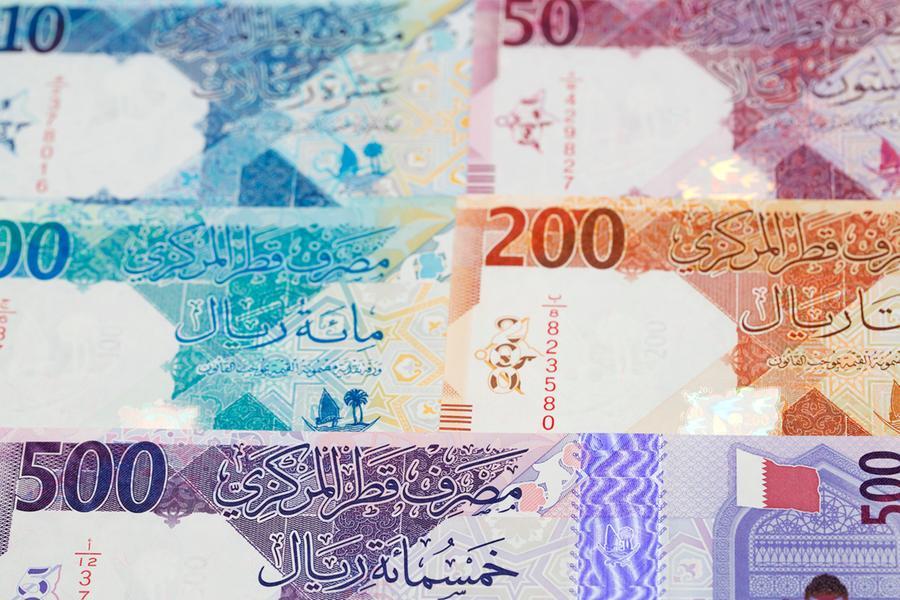Inbound tourism spending in Saudi Arabia has reached an unprecedented SR153.61 billion ($40.95 billion) in 2024, representing a 13.82 percent increase compared to the previous year, according to the Saudi Central Bank. This surge has also elevated the Kingdom’s travel balance surplus to SR49.78 billion, marking a 7.81 percent rise from 2023. Furthermore, outbound spending by Saudi residents increased by 16.94 percent, amounting to SR103.84 billion.

In January, the Saudi Press Agency reported that the Kingdom welcomed 30 million international visitors in 2024, reflecting a 9.5 percent increase from the prior year. This growing influx of travelers is significant as it plays a critical role in transforming Saudi Arabia’s economy and enhancing its global image. The latest Ministry of Tourism report indicates that non-religious tourism now constitutes the majority of international travel, highlighting a broader appeal and extended stays as visitors delve into the nation’s cultural, entertainment, and business offerings.
The economic impact of tourism in Saudi Arabia has been substantial, with direct and indirect contributions across various sectors, including transport and hospitality, bringing the total economic impact to SR498 billion in 2024. This figure represents 12.45 percent of the Kingdom’s gross domestic product, an increase from 11.5 percent the previous year, as reported by the World Travel and Tourism Council. This growth aligns with Vision 2030, which aims to position tourism and international investment at the center of Saudi Arabia’s future.
As part of the Vision 2030 initiative, Saudi Arabia is undergoing significant changes to become a more attractive destination for global investors and travelers. Notable reforms include allowing 100 percent foreign ownership in key sectors, simplifying investment laws, and establishing special economic zones. The Saudi government is actively promoting a diverse range of tourism offerings, with billions of dollars being invested to create high-end, culturally rich, and environmentally sustainable destinations.
Key projects include the Red Sea Project, a luxury resort archipelago; NEOM’s Trojena, which will be the Gulf’s first outdoor ski destination; and Diriyah, a historical site near Riyadh that is expected to attract 27 million visitors annually by 2030. Cultural sites like AlUla, which has a history of 200,000 years, and Jeddah’s Al-Balad Historic District, currently undergoing restoration, are also gaining international attention.
Additionally, mega-projects such as Qiddiya, AMAALA, and Sindalah are set to deliver a range of experiences from world-class entertainment to luxury yachting. Infrastructure development has expanded rapidly, with the Kingdom now featuring over 426,000 licensed hotel rooms. The presence of international hospitality chains is projected to grow from 47 percent to 65 percent, as noted by Knight Frank, with brands like Accor, Hilton, and Marriott increasing their investments.
Saudi Arabia’s eVisa platform enhances accessibility for travelers from 66 countries, including the US, UK, Germany, Japan, Australia, and China, allowing them to apply for a one-year multiple-entry permit. This initiative enables tourists to stay for up to 90 days for leisure, Umrah, business events, or visiting friends and family, although Hajj remains under a separate seasonal visa system.
The strategic geographic location of Saudi Arabia, being within six hours’ flight of 40 percent of the global population, combined with its focus on high-end tourism, positions it as an increasingly prominent player in the global travel market.
The Ministry of Tourism reported a shift in travel purposes by the third quarter of 2024. Religious pilgrimages accounted for 41 percent of inbound visits, while leisure tourism comprised 24 percent, and visits to friends and relatives represented 22 percent. Business, education, and healthcare-related trips made up the remainder of the travel purposes.
Private sector investment in Saudi Arabia’s tourism sector reached SR14.2 billion in 2024, up from SR12 billion the previous year, according to Tourism Minister Ahmed Al-Khateeb, who noted that approximately 40 percent of this investment came from foreign investors. This trend reflects a growing global confidence in Saudi Arabia’s ambitious tourism agenda, especially as other regions experience slower growth.
Al-Khateeb emphasized that international investors are increasingly turning their attention to the Kingdom as they recognize the potential of Saudi Arabia’s tourism strategies, which aim to unlock opportunities in a sector that has long been underdeveloped. The Kingdom seeks to generate $80 billion in private investment by the start of the next decade, aiding the Vision 2030 goal of diversifying its economy beyond oil. While Europe and the US currently lead in foreign investments, discussions are also ongoing with Asian partners, including China, South Korea, and Malaysia, exploring hospitality, retail, and real estate opportunities.


Leave a Reply